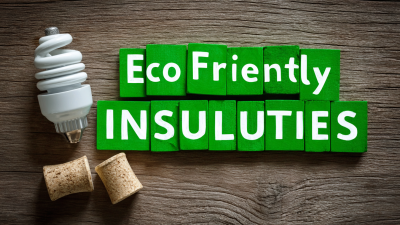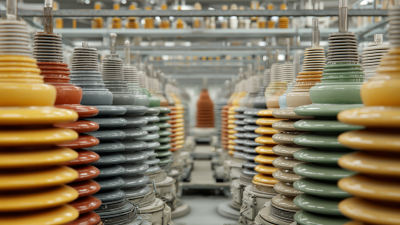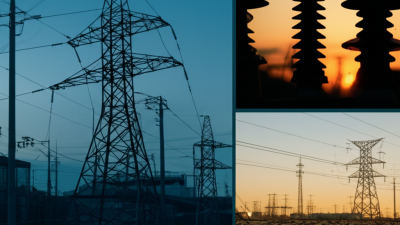Leave Your Message
In an age where sustainability is more crucial than ever, the choice of building materials plays a vital role in the overall environmental impact of construction projects. Eco Friendly Insulators have emerged as essential components in reducing energy consumption and promoting energy efficiency in buildings. According to the U.S. Department of Energy, up to 30% of a building's energy can be lost through inadequate insulation, highlighting the importance of selecting materials that not only minimize this loss but also adhere to sustainable practices. The global market for eco-friendly insulation is projected to reach $44.1 billion by 2025, driven by increasing awareness of climate change and a growing preference for green building certifications. By understanding the various options available and their respective benefits, builders and architects can make informed decisions that contribute to environmental conservation while enhancing the comfort and efficiency of their buildings.
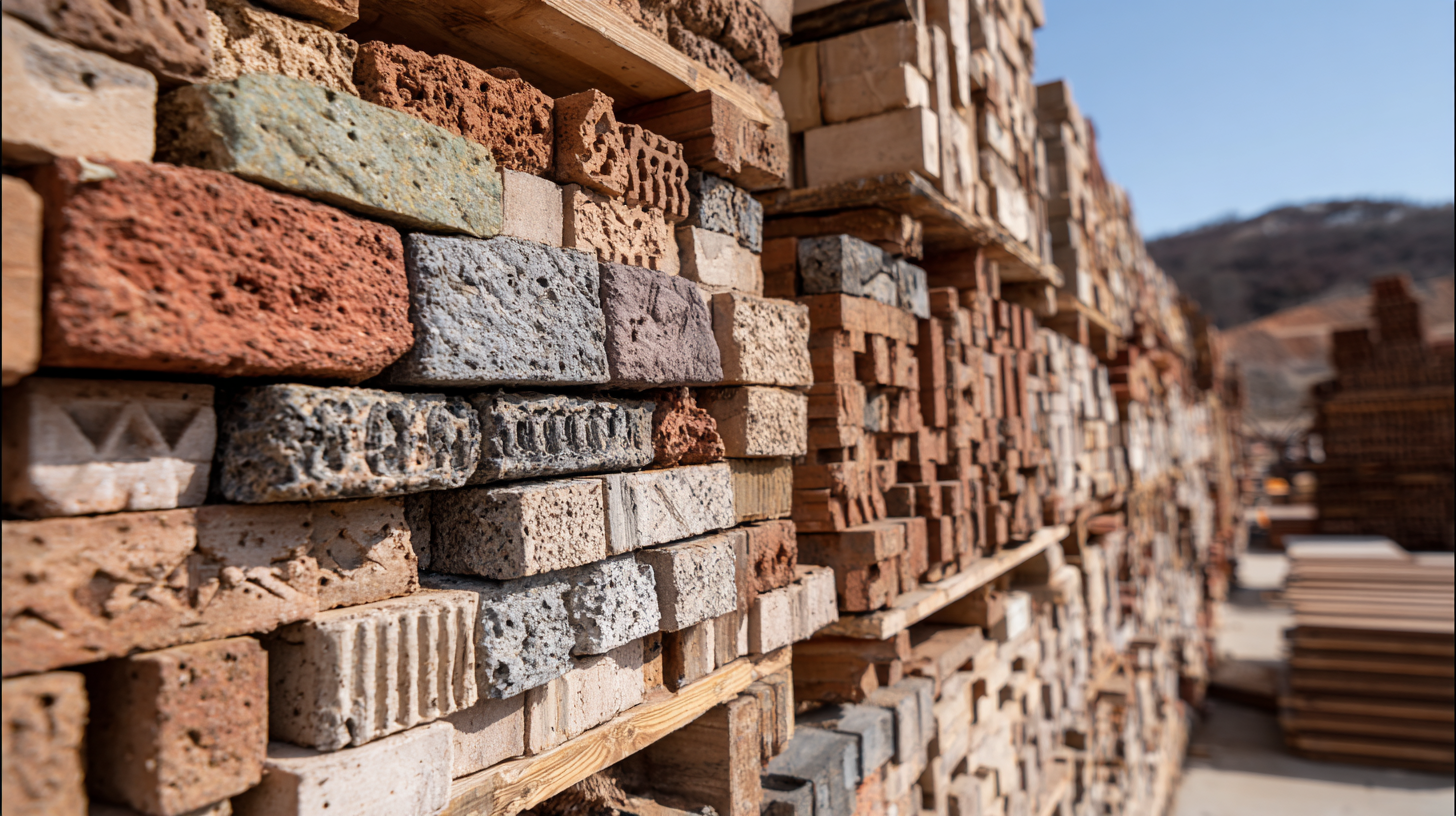
In today's world, the importance of eco-friendly insulators in sustainable building projects cannot be overstated. These materials not only reduce energy consumption by improving thermal efficiency but also contribute to minimizing environmental impact. By using natural or recycled materials, builders can ensure that their projects align with sustainable practices, helping limit carbon emissions and reducing waste in landfills.
When selecting eco-friendly insulators, consider the material's sustainability rating and its overall lifecycle impact. Look for insulation made from renewable resources such as sheep's wool, hemp, or cellulose, which offer excellent thermal performance while being biodegradable. Another crucial factor is the insulation's resistance to moisture and pests, which can affect both the longevity and safety of the building.
Tips for Choosing Eco-Friendly Insulators:
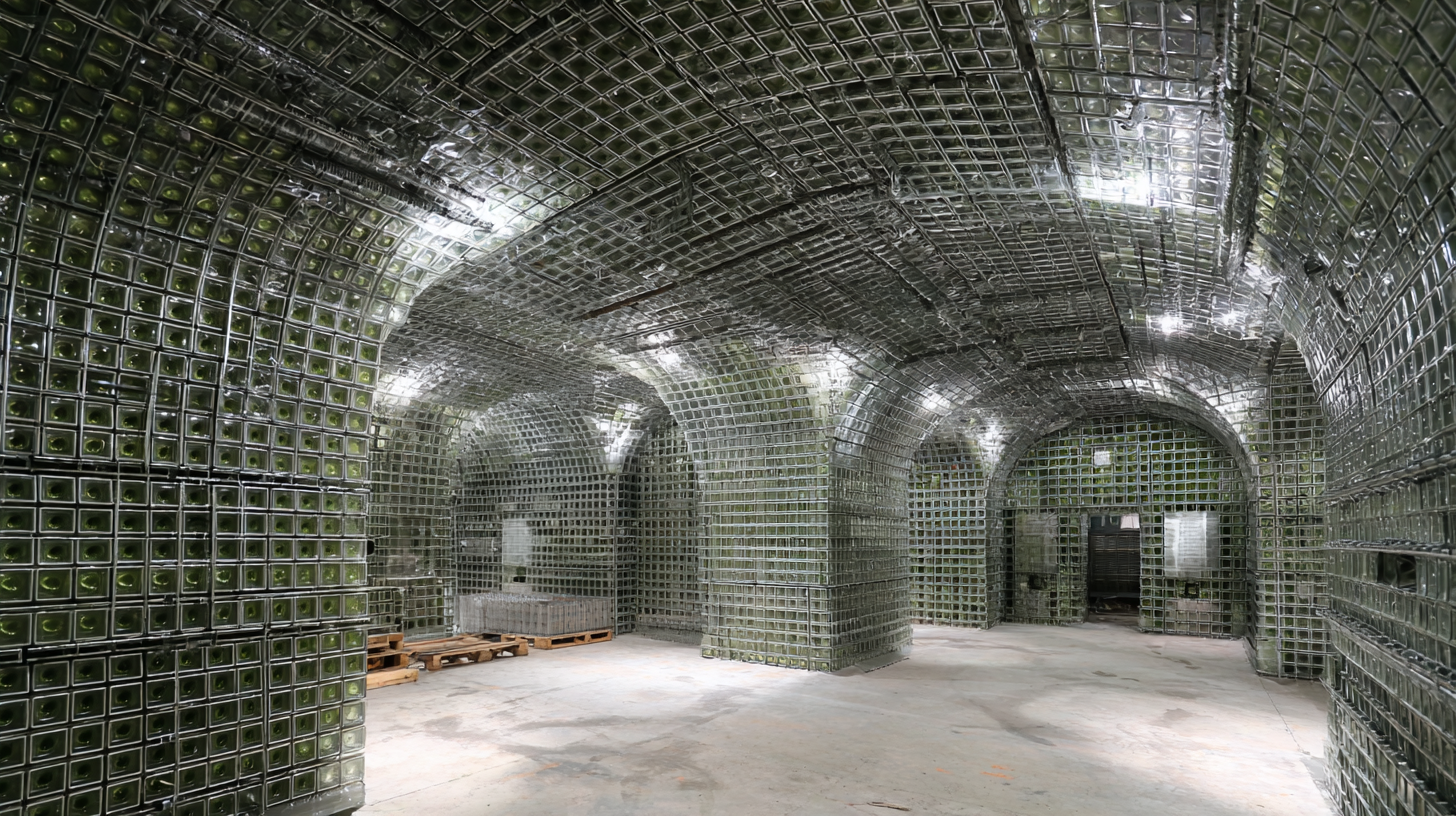
Choosing the right eco-friendly insulators for sustainable building projects is crucial for achieving not only energy efficiency but also environmental sustainability. One of the key metrics for evaluating insulation materials is the R-value, which measures thermal resistance. According to the U.S. Department of Energy, for optimal energy efficiency in residential buildings, it is recommended to use materials with higher R-values specific to the climate zone. For example, cellulose insulation, made from recycled paper products, typically boasts R-values ranging from 3.2 to 3.8 per inch, making it a solid choice for eco-conscious builders.
In contrast, sheep's wool insulation offers a sustainable alternative with impressive thermal performance, achieving R-values between 3.5 and 4.0 per inch. This natural material not only provides excellent thermal resistance but also has the added benefits of moisture regulation and sound absorption. Furthermore, closed-cell spray foam, although not inherently biodegradable, can achieve R-values up to 7.0 per inch, effectively minimizing energy loss. However, eco-friendly alternatives like recycled denim insulation with R-values of 3.3 to 3.7 per inch exemplify the increasing availability of materials that protect our environment while providing exceptional energy efficiency.
When it comes to choosing eco-friendly insulators for sustainable building projects, assessing the environmental impact through life cycle analysis is crucial. The life cycle of insulation materials encompasses their production, distribution, use, and eventual disposal. This comprehensive evaluation allows builders to understand not only the long-term sustainability of the materials but also their contribution to reducing waste and minimizing energy consumption over time.
Among various insulation options, liquid silicone rubber (LSR) stands out for its high performance and durability. It remains in liquid form before curing, which allows for versatile applications in construction. However, other innovative materials, such as mycelium-based tiles and recycled bamboo, are gaining attention for their potential in creating sustainable structures. These materials challenge traditional insulation products by offering unique characteristics that promote energy efficiency and a lighter environmental footprint, ultimately aligning with trends toward a circular economy.
When embarking on sustainable building projects, choosing eco-friendly insulators is crucial not only for environmental impact but also for cost-effectiveness in the long run. While traditional insulation materials may initially appear cheaper, they often lead to higher energy bills and increased maintenance costs over time. Green insulation options, such as cellulose, sheep's wool, and recycled denim, provide not only superior thermal performance but also contribute to significant savings on heating and cooling expenses.
Investing in eco-friendly insulation can yield significant long-term savings. Although the upfront costs might be slightly higher, the improved energy efficiency results in lower utility bills. Additionally, many green insulation materials have a longer life span and better resistance to moisture and pests, reducing the need for replacements and repairs. The initial investment in sustainable insulation can ultimately lead to a healthier living environment and greater savings, making it a wise choice for both the planet and your wallet. In short, selecting the right insulator is not merely about initial costs; it's about maximizing long-term benefits and achieving sustainability goals.
 When selecting eco-friendly insulators for sustainable building projects, understanding regulatory standards and certifications is crucial. These standards ensure that insulation materials meet specific environmental and health criteria. According to a report by the Environmental Protection Agency, using certified eco-friendly insulation can reduce energy consumption by up to 30%, reflecting significant energy savings and reduced carbon footprints in buildings.
When selecting eco-friendly insulators for sustainable building projects, understanding regulatory standards and certifications is crucial. These standards ensure that insulation materials meet specific environmental and health criteria. According to a report by the Environmental Protection Agency, using certified eco-friendly insulation can reduce energy consumption by up to 30%, reflecting significant energy savings and reduced carbon footprints in buildings.
It's essential to look for insulation products certified by recognized organizations such as the Global Green Tag or the Forest Stewardship Council (FSC). These certifications confirm that the materials used are sustainably sourced and produced with minimal environmental impact. Additionally, many local building codes now require compliance with specific eco-friendly standards, so checking local regulations can ensure adherence while promoting a sustainable approach.
Tips: When choosing insulation, consider products that have lower Volatile Organic Compounds (VOCs) emissions, as these contribute to indoor air pollution. Also, evaluate the R-value of insulation materials; higher R-values indicate better thermal resistance, leading to better energy efficiency. Prioritize suppliers who provide transparency and third-party certifications for their products, ensuring that you are selecting insulation that aligns with environmental goals.
